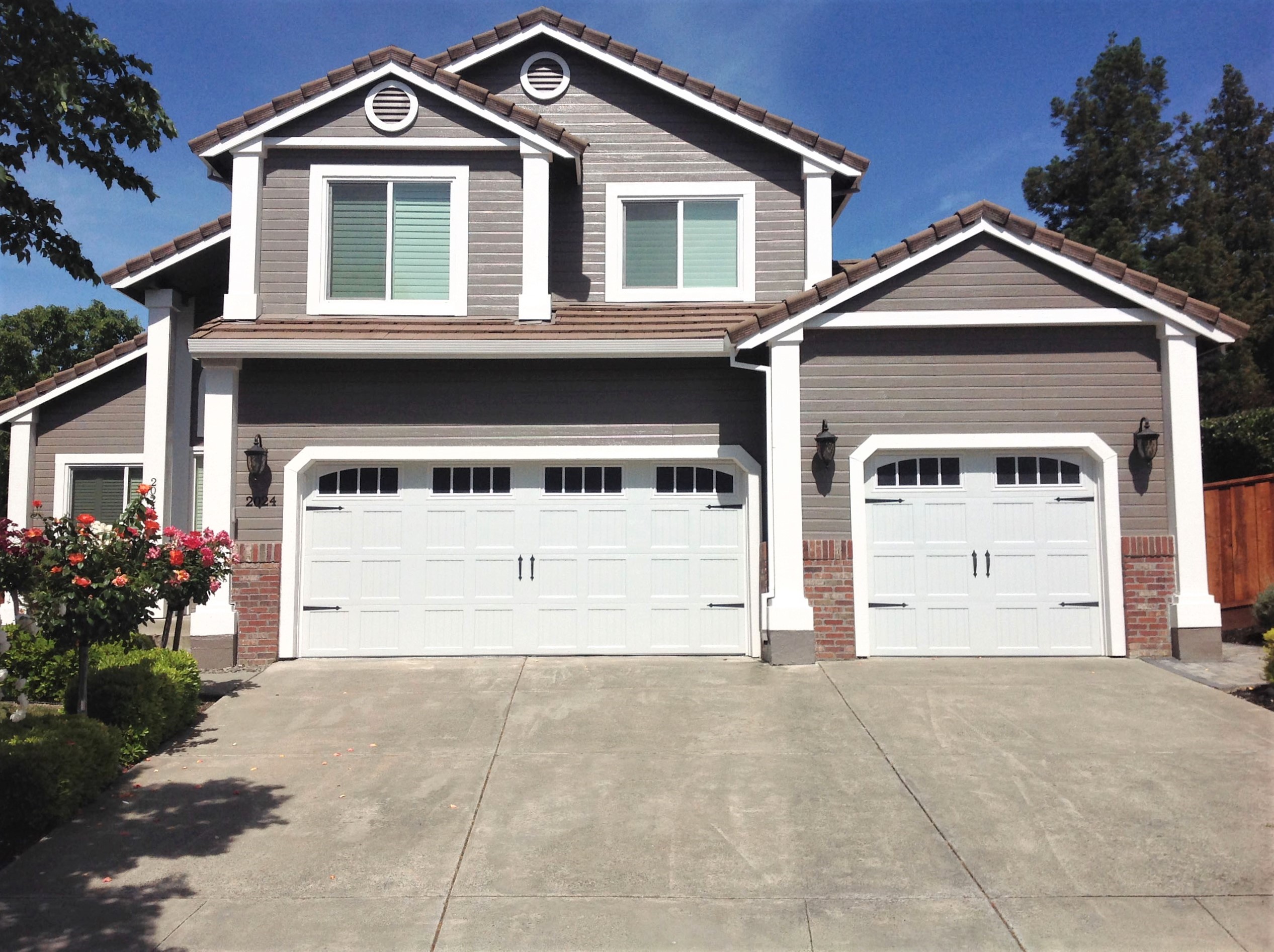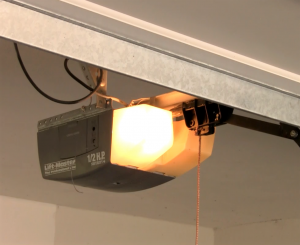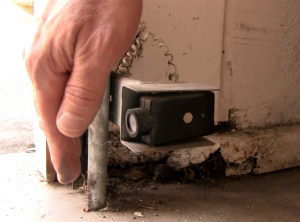
Many of us take our garage doors for granted, so when a malfunction occurs, it can really throw a wrench into our daily rhythm. But did you know that garage door issues often have simple solutions that don’t require professional assistance? To learn more, we’ve asked five Diamond Certified Expert Contributors to provide their garage door troubleshooting tips.
Problem: Garage door won’t open
There are a few possible causes of (and solutions for) a garage door that won’t open. Michael Fahey of Vulcan Garage Services Inc. says to start by pressing the “lock” button on the main control keypad. “If your garage door remote and keypad aren’t working, the problem may be that the ‘lock’ button on the keypad was accidentally pressed. This button is a security feature that freezes door operation by disabling the keypad and all remotes. To restore operation, simply press the ‘lock’ button again.”
If that doesn’t work, another possibility is that the emergency release cord has been disconnected from the door. “The emergency release—the red cord that hangs down from the motor—lets you disconnect your garage door from the motor and operate it manually,” explains Malek Tamimi, technician at Ace’s Garage Door Repair & Installation. “This can come in handy during a power outage or if the motor is malfunctioning. However, in some instances, the emergency release may disengage without you knowing it, in which case the door won’t open. To rule this out, pull the emergency release cord and run the motor until it reconnects to the door, then try the door opener again.”

If your garage door won’t open automatically, you can pull the emergency release cord to open it manually. Photo: Precision Door Services of the Bay Area ©2021
If your garage door is still stuck in the closed position, you may need to have a professional assess the situation. In the meantime, you might be able to open the door manually. Simply pull the emergency release to disconnect the door from the motor and open the door by lifting it from the bottom. If you can lift it with no trouble, the issue is probably due to a motor malfunction; if the door still won’t open, it may be due to a mechanical issue such as a broken torsion spring. “Torsion springs do most of the heavy lifting when opening the door,” says Mr. Tamimi. “If one of these springs breaks, your door may cease to lift all the way up, and it may not open at all. Torsion springs are dangerous to work with, so be sure to call a professional to handle the replacement.”
Problem: Garage door won’t close
When a garage door won’t close, it’s usually due to an issue with its safety sensors. Located on either side of the door just a few inches off the ground, safety sensors stop the garage door from closing when something gets in its path, which helps prevent damage and bodily injury. These sensors function by transmitting a signal between each other; when something interrupts this signal, the garage door will cease to function properly.
Fortunately, safety sensor issues are often easy to remedy. Scott O’Neill of Madden Door & Sons, Inc. says to first check for any obstructions that are blocking the sensors’ signal transmission. “Almost anything can be an obstruction, including your own body. However, while most are obvious, one that often goes undetected is spider webbing, which can be surprisingly effective at disrupting a signal. That’s why it’s a good idea to periodically check for spider webs and brush around your door’s safety sensors. As an added measure, you can use a cotton swab to wipe off the sensors’ lenses.”

If your garage door won’t close, try cleaning around and/or adjusting the safety sensors. Photo: Precision Door Services of the Bay Area ©2021
Another possibility is that the sensor eyes are out of alignment, in which case they can’t “see” each other to transmit the signal. Amie Prendergast of Precision Door Services of the Bay Area explains how to know whether your sensors are in alignment and what to do if they aren’t. “Either sensor has a green light; if the light is solid, you know the sensors are in alignment. If the light is blinking and there are no apparent obstructions, try readjusting one or both sensors until the light is solid on both sides.”
If your garage door still won’t close after checking and adjusting the safety sensors, there may be a larger underlying issue that requires a professional’s insight. However, this doesn’t change the fact that you still need to close your garage door. Not to worry—Mr. O’Neill says you can do this by using one of the following methods:
- Use the security override. Most garage doors have a built-in override for the safety sensors that can be engaged by pressing a button mounted to the wall. However, in order for it to work, you have to hold down the button until the door is fully closed—if you release it prematurely, the door will open back up.
- Use the emergency release. Just as it can be used to manually open the garage door, the emergency release can be used to close it. However, be careful—if your door is in the “up” position, it could come crashing down when disconnected from the motor, so take full precautions before choosing this route.
Problem: Garage door only opens or closes partway
According to Ata Salem, technician at Ace’s Garage Door Repair & Installation, if your garage door will only open or close partway, you probably just need to reset its travel limits. “This is pretty simple to do,” he says. “Just get out your owner’s manual and follow the instructions for setting limits. If you don’t have your manual, you can Google your motor’s model number and find a copy online.”
Battery backups: An important garage door safety feature
Since garage doors operate on electricity, a common instance of malfunction is during power outages. Due to the dangers this can pose, California recently enacted a bill that requires all garage door motors sold or installed in the state to be equipped with a battery backup. “A battery backup ensures that the garage door motor will still function in the event of a power outage,” affirms Mr. Salem. “While some garage door motors are capable of having a battery backup integrated retroactively, this isn’t an option with most older models. So, if you’re planning to replace your garage door, make sure you’re aware of this important compliance requirement.”
Find a Diamond Certified garage door company in your area
